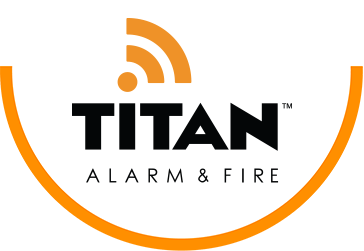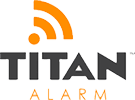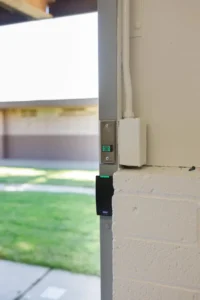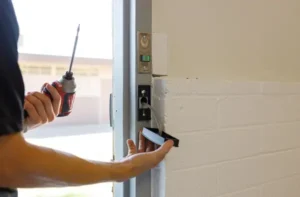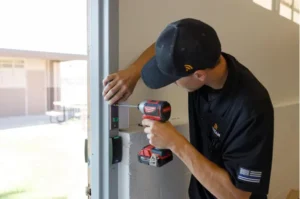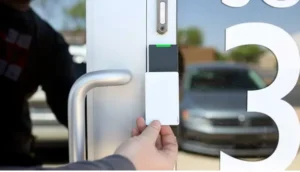Access Control Maintenance
09/25/2015
Let’s talk about something that’s critical but often overlooked – maintaining your access control system. This is the system that keeps your property secure and lets you know who gets in and out. Just like a car needs regular oil changes to work, your access control system needs some upkeep to function properly as well. Let’s dive into why maintenance on your system matters so much and how to keep your system running smoothly.
Why Regular Maintenance is a Must
Imagine you wake up on a random Monday morning to a bunch of missed calls and texts from your employees because their access cards aren’t working and they’re locked out. Panic ensues. Not a great way to start off the week, right?
I used to work for a company that had an access control system in place for their employees to use. Unfortunately, the system didn’t receive regular maintenance and always seemed to have issues. On one occasion, I was put in charge of arriving to work early to set up some birthday decorations for my supervisor. When I arrived to work that day, the system was malfunctioning and wouldn’t let me in… Long story short, my supervisor arrived to work only to see me with a bunch of party decorations that I would then set up in front of him. Regular maintenance helps to keep your system running smoothly so that scenarios like this don’t end up happening.
Neglecting maintenance on your access control system can lead to:
Unauthorized Access:
Systems that malfunction can become susceptible to the outside. We DEFINITELY don’t want that.
Operational Delays:
Just like the example that was given above, if your system isn’t working properly, employees may be unable to access the right areas to keep the business running.
Increased Costs:
Emergency repairs can be costly, especially if something were to happen outside of normal service hours. Security breaches can be threatening to your business.
By staying on top of maintenance, your security will never be better, your system will be efficient, and you won’t have to worry about unexpected delays that could be costly.
Go-To Maintenance Checklist
Here are some key areas you could focus on:
1. Visual Inspections
Start with just a simple walk-through of your system. Look for:
· Physical Damage: Look for any noticeable signs of wear and tear on car readers, keypads, doors, etc.
· Loose Connections: Make sure wires and cables are connected and aren’t fraying.
· Cleanliness: Dust and debris can build up over time and can potentially interfere with electronic components. Make sure to keep everything clean.
Regular visual inspections can catch issues before they get worse and need to be escalated. I recommend scheduling these visual inspections at least once a month.
2. Test All Components
You can regularly test:
· Access Points: Make sure your doors lock and unlock as intended.
· Authentication Methods: Regularly verify that keycards/PINs/scanners are working properly.
· Emergency Exits: Emergency doors are often forgotten by business owners. Make sure that these doors work properly and that the alarms trigger when necessary.
Testing these things will make sure that every part of your system is working how they should.
3. Software Updates
Keeping sure your system’s software is always up to date is important. Updates often include things like the following:
· Security Patches: These protect against new vulnerabilities that have been found.
· Feature Enhancements: These help to improve the functionality and the user experience of the system.
· Bug Fixes: These are important because they will resolve known issues/problems.
Set up automatic updates if possible. If you can’t, make sure to regularly check for new updates as this will ensure your system is up to date and working how it should.
4. Power Supply Checks
Just like any system, your access control system relies on power to function. Because of this, you should:
· Inspect Power Sources: Make sure all of the power connections are attached and secure.
· Test Backup Batteries: Batteries could be what saves your business if the power were to go out. Simulate a power outage just to confirm that backup systems kick in.
· Monitor Battery Health: If your batteries are showing any signs of degradation, be sure to replace them promptly.
A power supply that you can rely on will keep your system running even during outages that you didn’t see coming.
5. Audit Access Logs
Consistently going over access logs can help you find unusual activity. You can look for:
· Repeated Access Denials: Could indicate someone trying to enter without permission.
· Access Outside Normal Hours: May suggest that someone is trying to enter during hours they shouldn’t or security breaches.
· Unusual Patterns: Any changes from usual access patterns might also be something to investigate.
The more you audit your access logs, the more you’ll know about who’s going in and out of your business. The more you know, the stronger your security will be.
6. Employee Training
Your employees will be the ones using this system. Make sure they know how to:
· Use Access Credentials: Correctly use keycards, PINs, or scanners.
· Report Issues: Know the protocol to report any kind of malfunctions or the system or lost keycards.
· Follow Security Protocols: Follow all company policies regarding access control.
At my previous employment, it was a rule to never let anyone in the building, even if they had their own keycard. It’s good practice to have each employee scan their badge when entering, for logging purposes. Your employees are your eyes and ears. Make sure they’re well trained and your system will work as intended.
7. Schedule Professional Inspections
While regular checks are essential, having professionals inspect your system annually can help.
· Expert Analysis: Identify issues that maybe you wouldn’t have noticed.
· System Optimization: Recommendations for improving your system and security.
· Compliance Assurance: Make sure your system is meeting the industry standards and regulations.
Professional inspections can really help your system perform at its best.
Final Thoughts
Maintaining your access control system doesn’t have to be hard. Regular inspections, updates, trainings, etc… can go a long way to ensure your system is working well. Remember, your business’s security starts with a reliable access control system.
